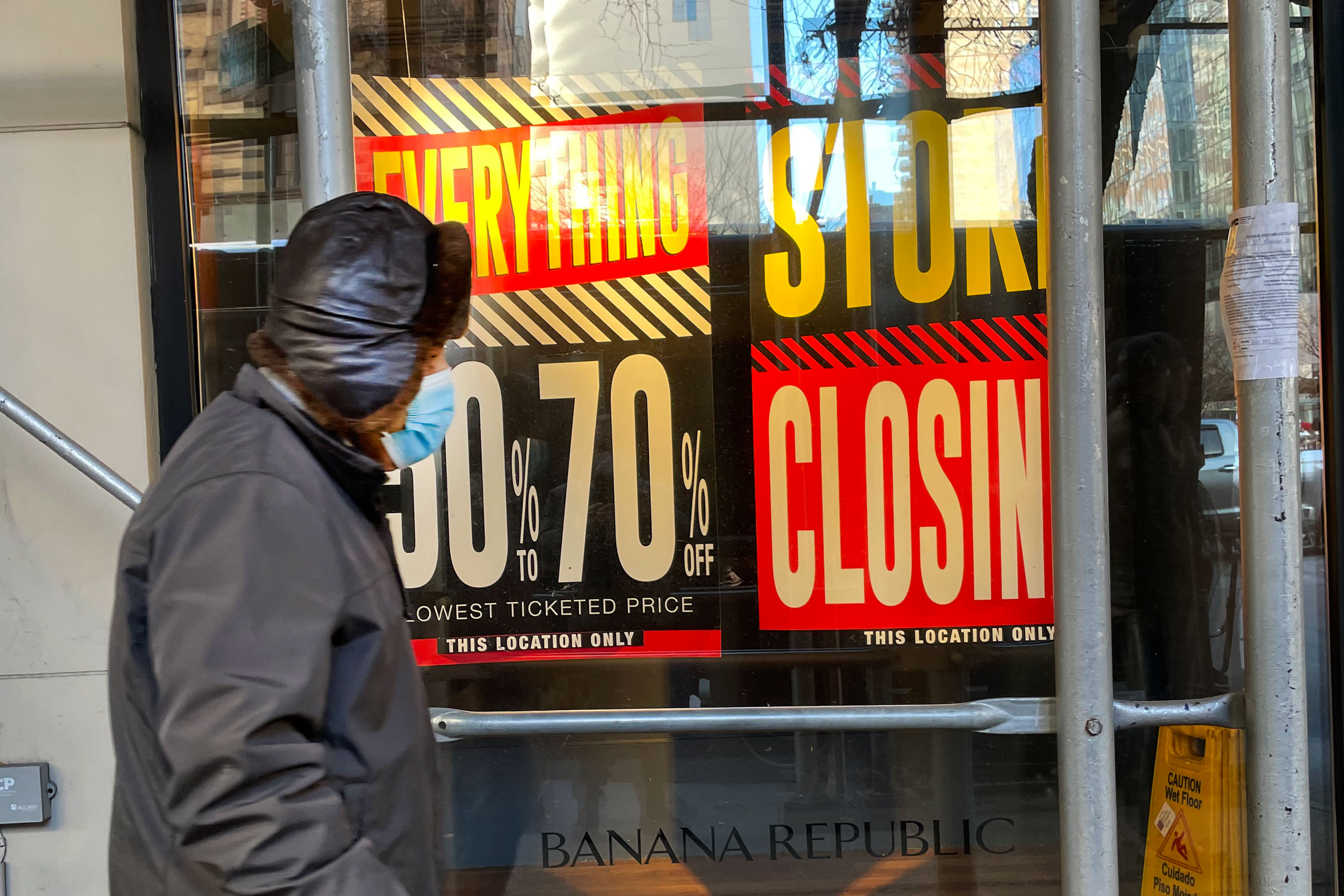
Demand for first-time unemployment insurance rose to 965,000 last week amid signs of a slowdown in hiring due to pandemic restrictions, the Labor Department said Thursday.
The total was worse than Wall Street estimates of 800,000 and higher than the previous week of 784,000.
Markets reacted little to the figure, as declining economic activity is expected to be further stimulated by Washington. President-elect Joe Biden later announced his hopes for another $ 1 trillion package on Thursday.
Futures prices continued to indicate fractional gains at the opening on Wall Street.
However, the unemployment figure for the week ending January 9 was another sign of economic turmoil caused by restrictions on activity aimed at combating the pandemic. The total was the highest since the week of August 22, when just over a million claims were filed.
Ongoing claims were also higher, rising 199,000 to 5.27 million. That figure is one week behind the total weekly claims and rose for the first time since late November.
Total government beneficiaries fell sharply despite rising weekly figures. This level fell to 18.4 million, from 19.2 million the previous week. The data is kept two weeks behind the weekly total of claims. The decrease is mainly due to the drop in applications for emergency pandemic claims, although it remains well above the 2.18 million that received benefits the previous year.
The rise in claims spread to a handful of states, mostly those with stricter restrictions on businesses.
Illinois, where Chicago has restricted restaurants, recorded a jump of 51,280, according to unadjusted data. Other big winners were California, which does not even allow outdoor dining and saw its claims increase by 20,587, up 13%. New York increased by 15,559.
However, several states with relatively loose restrictions also experienced notable gains. Florida saw its claims more than double to 50,747, while Texas saw an increase of 14,282.
Lately, signs have been building that have begun to cool the earnings that began in May.
In December, non-farm payrolls fell for the first time during Covid’s market lows recovery, falling by 140,000, while the unemployment rate remained at 6.7%.
The Federal Reserve said Wednesday that business contacts in the 12 central bank districts reported reduced hiring and difficulty in filling positions. Economists generally consider the 2021 economy to be starting slowly, but then gaining strength as the year progresses and the Covid vaccine spreads.